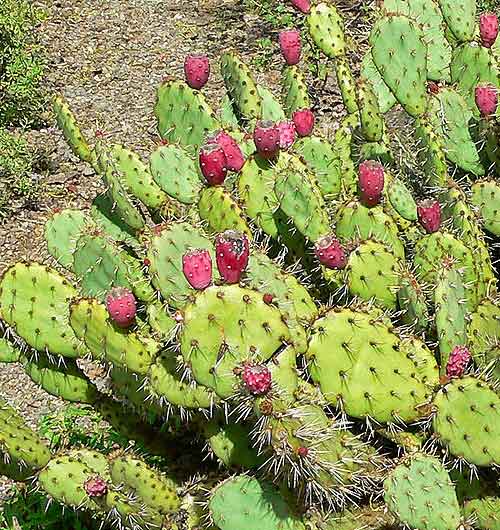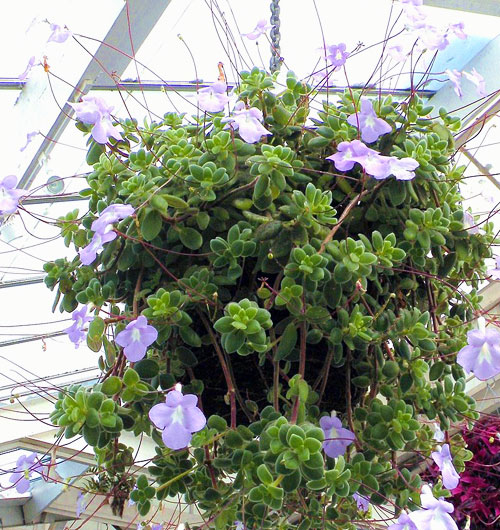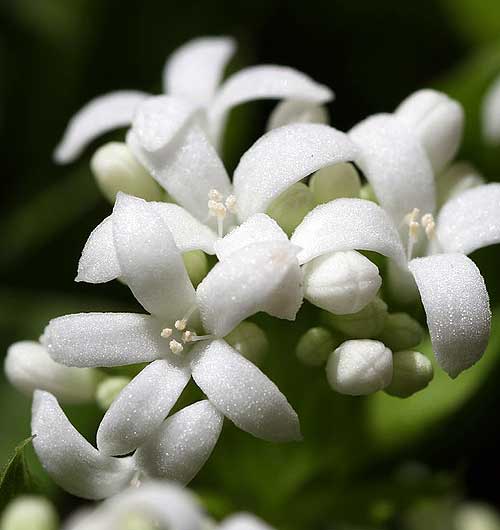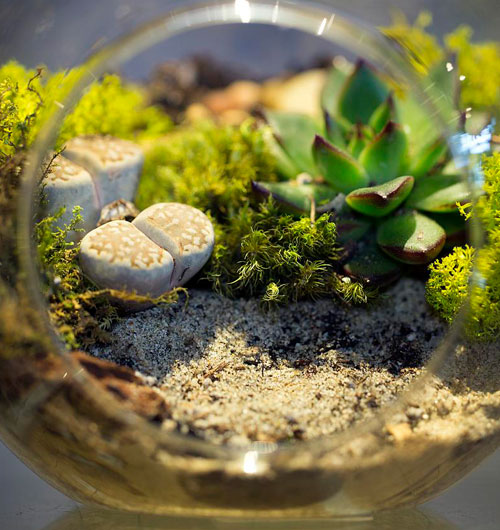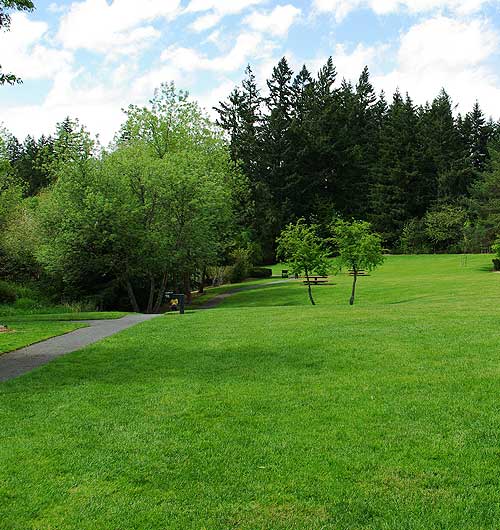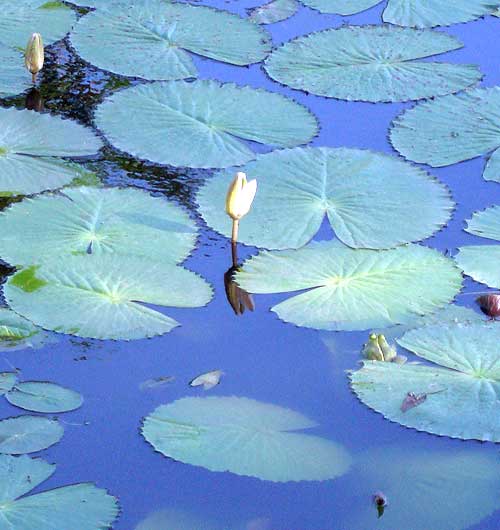As part of their studies in our Horticulture programs our students prepare fact sheets called “Garden Clippings”, which give you basic maintenance information for various plants, as well as the history behind some of our leafy friends.
Questions? Our library will grow so please check back from time to time. If you have questions please feel free to contact the Greenhouse and we will be happy to share information with you.
Spider Mites
Spider mites are common pests on many plants in the home and garden. They are a type of arachnid and may produce webbing, particularly in high populations. They range in colour from red and brown to yellow or green.
St. John’s Wort
St. John's Wort grows 1 to 2 feet high in uncultivated ground: meadows, roadsides, woods, and hedges. The erect stems have two raised lines, making the stems appear flat. The plants have slender leaves and bright, five-petaled, yellow flowers.
Starting an Outdoor Cactus Collection
When many people think of cacti, they also think of hot, dusty deserts. Most wouldn’t even consider growing them in their gardens. In reality, several species of cacti do well in our Canadian climate , and some species are native to Canada.
Streptocarpella
Streptocarpus saxorum is a member of the gesneriad, or African violet, family and is native to southern Africa.
Sweet Woodruff
Sweet woodruff has been gaining popularity lately; gardeners in search of a unique shade plant have found what they are looking for in this unpretentious perennial. It is easy to grow, and it can be found at the local nursery in either the perennial or herb sections.
Terrariums – How to #1
Terrariums have been used for holding plants since the 1800's, when Nathaniel Ward, a doctor from London, England, began experimenting with growing plants indoors. He found that they grew faster in closed containers.
Terrariums – How to #2
Terrariums originated in the Victorian era when explorers would bring back exotic plants from their travels to their European homelands.
Thatch
Thatch is a layer of dead and decaying tissue located between the green vegetation and the soil surface; it’s derived from stems, roots, rhizomes and leaves.
Thatch in Lawns
In lawns, thatch is the buildup of cut grass that is not picked up by the mower or raked up after mowing. If your lawn is off-colour and thinning and you cannot see bare ground between the plants but instead see matted, fibrous material, it is due to thatch
The Balanced Pond
Clear, healthy water can be in any water garden if a natural balance (ecosystem) exists. Controlling the algae that cloud your water is a main objective.


